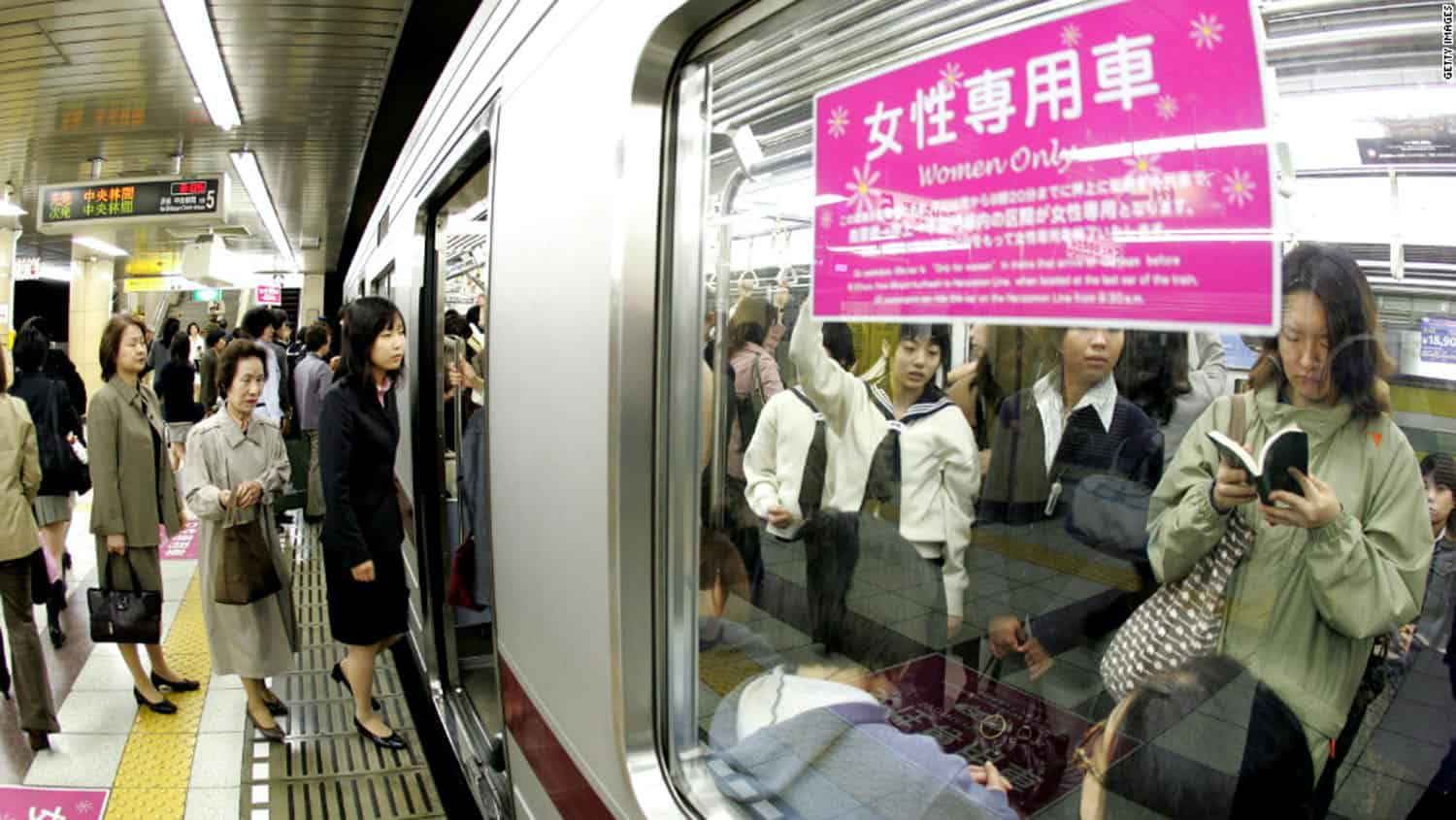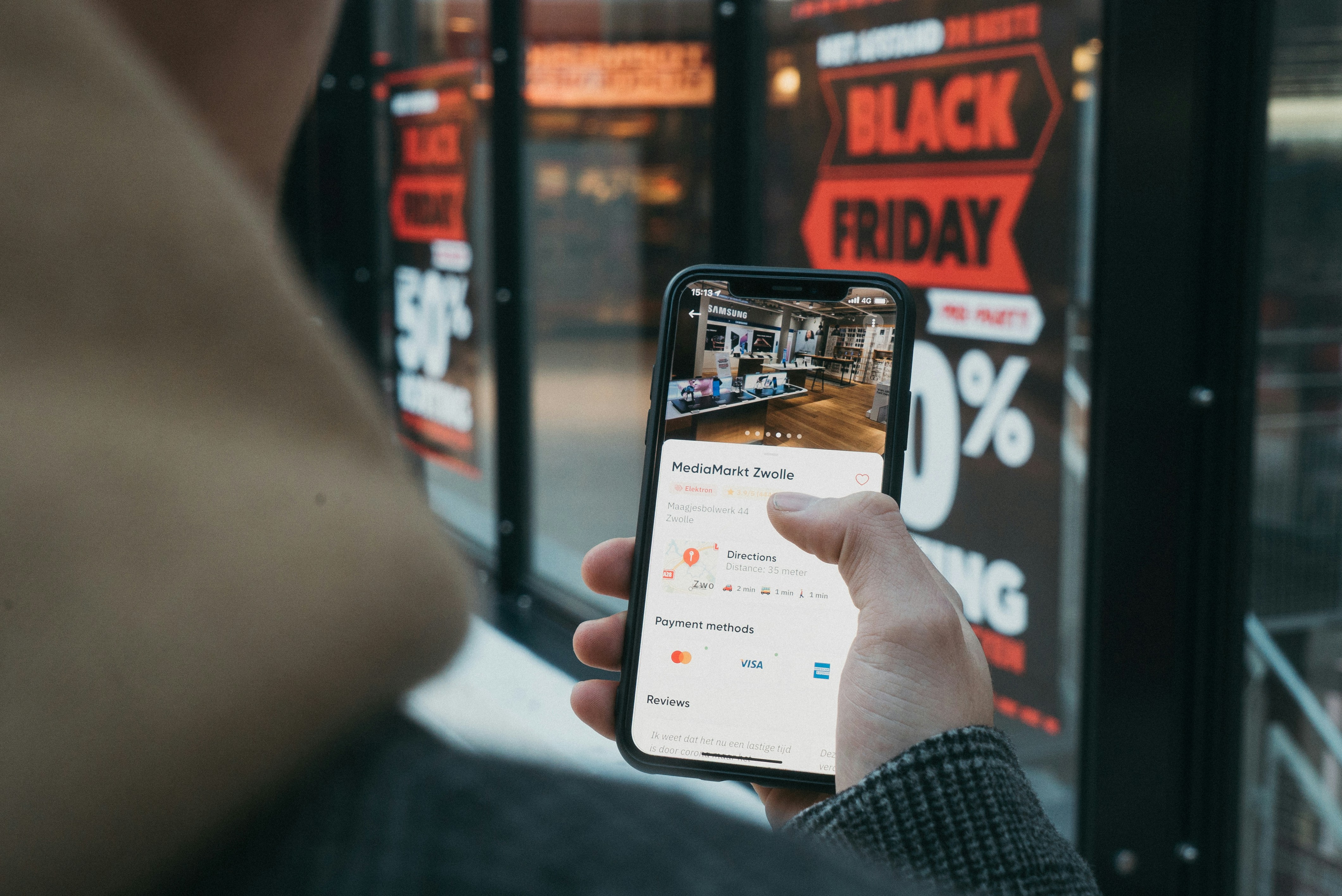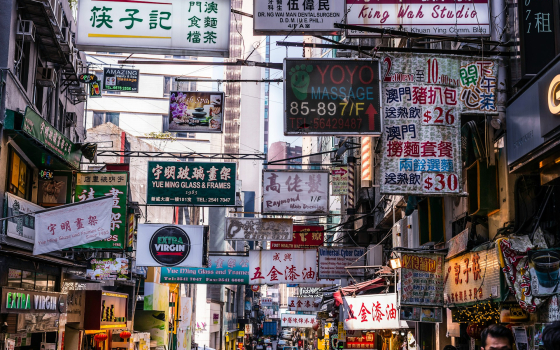In today’s e-commerce era, the digital landscape has transformed how fashion businesses operate and how consumers engage with brands. According to McKinsey & Company’s analysis and data from the Online Fashion Report in Spain 2024 by Modaes, digital commerce continues to be a crucial growth driver in the sector.
However, as the market grows, so do the challenges. The report highlights several barriers to developing e-commerce, which companies must overcome to remain competitive in an increasingly-saturated environment. This complexity only deepens when multiple geographic markets are involved.
We’re taking a closer look at these challenges to analyse how e-commerce localisation and multilingual marketing can play a pivotal role in shaping fashion brands' digital strategies. Let’s dive in!
Traffic and Differentiation: Standing Out in a Saturated, Global Market

Fashion e-commerce faces a continuous challenge: standing out in a market that never sleeps. Consumers are bombarded with an avalanche of content and products, making generating quality traffic and differentiating your brand as challenging as shouting in a packed stadium..
McKinsey's study identifies three major barriers that stunt growth in this area:
- Building a brand in a noisy environment
- Social media fatigue
- Declining digital marketing performance
Brands are struggling to carve out a space in an sea of competitors. The saturation of content on platforms like Instagram and TikTok has led to less consumer interaction with brands. As a result, advertising costs are soaring while marketing results decline.
Many marketing strategies remain too focused on the home market. Yet, these efforts often fall short when creative strategies need to be adapted for each target market. The same level of intention and precision is required for every market to optimise campaign performance. That doesn’t mean, however, that costs should multiply for each market; with the right technology, copy adaptation can be done efficiently, boosting your campaign’s performance significantly.
Customer Experience: The Key to Capturing Value in Every Region 
With more frequent online shopping and spending, fashion companies are in a prime position to capitalise on e-commerce. But to do so, the customer experience must be as seamless and attractive as possible—something McKinsey identifies as a crucial challenge.
The report highlights two key barriers in this respect:
- Difficulty replicating the in-store experience in the digital world
- The rapid evolution of online channel management
The in-store shopping experience is still unparalleled for many consumers, especially when it comes to personalisation and attention to detail. Moreover, the pace at which technology and consumer behaviour are evolving poses a continuous challenge. This is where digital content translation becomes essential. It doesn’t just translate; it adapts the digital experience to local languages and expectations, ensuring that customers feel just as comfortable browsing on their mobile as they would in a physical store. Additionally, with a real-time, flexible translation service that can adapt to new formats and platforms, brands are presented with a real opportunity.
Building Long-Term Relationships with Customers

One of the biggest challenges highlighted by McKinsey is the difficulty in retaining customers in an environment where brands are just a click away. According to the study, Generation Z is constantly exploring new brands and won’t hesitate to switch if they find a better value proposition.
For fashion companies, this means they need to go beyond simply attracting traffic; they must build long-term relationships. But how? By personalising the e-commerce experience. Personalised messaging—whether through product recommendations or post-purchase emails—boosts customer loyalty. And here’s where localisation plays a critical role; adapting messages to the values and preferences of each market turns a one-time transaction into a long-lasting relationship.
Omnichannel Integration: Phygital, the New Norm

Omnichannel has been a mantra in the fashion industry for the past decade—and for good reason. As the lines between the physical and digital blur, brands need to provide a consistent experience across all channels, from brick-and-mortar stores to online shops and mobile apps.
However, McKinsey notes that brands continue to face technical challenges in achieving seamless integration. A multilingual omnichannel strategy must not only ensure consistent messaging, but also respect the cultural nuances of each audience. It’s not just about translating a navigation menu; every detail of the customer experience must be adapted so shoppers feel like they’re browsing in an environment tailored specifically for them—whether they’re in a Berlin store or browsing the brand’s website from Paris.
How Kobalt Languages Can Help: 15+ Years of Experience in Global Fashion Ecommerce:
-
Scaled Personalised Content with Generative AI
Generative AI has revolutionised how fashion companies create, translate, and publish content on their digital platforms. At Kobalt Languages, we leverage Machine Translation and Generative AI to streamline this process, enabling brands to generate multilingual content quickly and accurately without sacrificing quality. This not only accelerates time-to-market but also allows for real-time campaign iterations and adjustments based on evolving market needs.
-
Increased Engagement and Time on Page
We know that great copywriting can make all the difference between a quick visit and a solid conversion. Our team works closely with fashion brands to create content that engages users and drives conversions in each geographic market. It’s not just about words; it’s about understanding how each market interacts with content and adapting the tone, rhythm, and style to maximise engagement.
-
Unlock the Analytical Power of Your Global Marketing
Data analysis is crucial for understanding how users engage with your brand in each market. At Kobalt Languages, we provide clear insights into campaign performance, allowing brands to adjust strategies accordingly. This granular view ensures that each message resonates with its intended audience in every market.
-
Optimising Costs: Content Creation, Translation, and Localisation
By using Generative AI and automated translation, we can help brands significantly reduce the operational costs associated with content creation and localisation. While keeping customer experience at the forefront, we achieve operational efficiency, improving both content quality and response times without increasing costs.
-
Adaptation to Social Commerce with Real-Time Dubbing
Social commerce is on the rise, and to fully harness its potential, brands must offer content that resonates across all platforms. At Kobalt Languages, we use real-time dubbing technology to ensure that videos and live streams are culturally and linguistically relevant, regardless of the platform they’re posted on.
The Future of Fashion E-commerce is Multilingual
Fashion e-commerce is not just growing—it’s evolving. And as it does, brands that understand the importance of speaking their customers’ language—both literally and figuratively—will gain a significant competitive edge.
Translation services, localisation, and global content creation are not just additional tools in a brand’s arsenal. They are essential for navigating a globalised landscape where consumers expect a personalised, seamless experience across all brand touchpoints.






